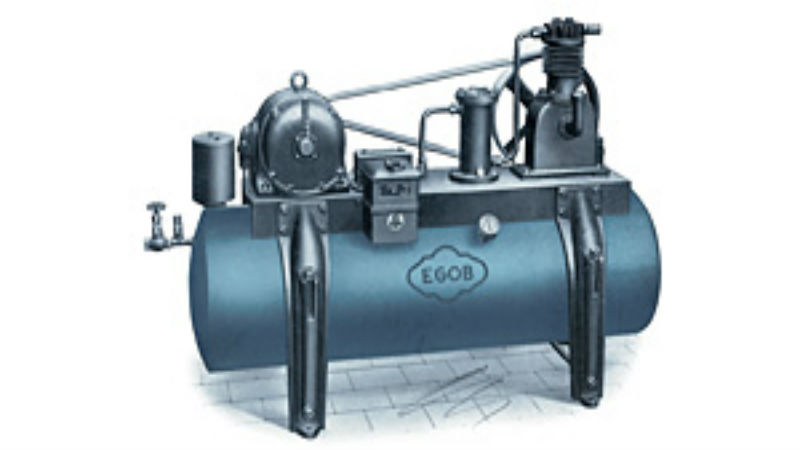In various industries, it is not enough to have quality pipes. Certain tasks require adding valves. They are not a singular type. They come in different kinds to suit diverse applications. While some are common, others are not. Below is a basic list of different valves used in industrial pipe applications.
What Is a Valve?
Put simply, a valve is a component, frequently small, put into place to regulate or direct the flow of substance. It accomplishes this in one of three basic ways:
1. Opening the passageway(s)
2. Partially blocking the passageway(s)
3. Closing the passageway(s)
In other words, if you need to control the flow of a substance in pipes, you need to install a valve.
Types of Valves
Various valves are available from industrial pipe distributors and suppliers. Many will carry the following types:
* Breather (Vacuum Relief) Valves: These check the accumulation of either vacuum or excessive pressure in a tank or other vessel
* Butterfly Valves: This common quarter-turn rotational motion valve regulates flow easily and is a common way of implementing flow control
* Check (Non-Return) Valves: These allow the fluid to flow in one direction only to prevent any backflow
* Gate Valves: This is the most common type. They only operate in the fully open or completely closed position, therefore starting or stopping the flow
* Globe Valves: These valves regulate by moving into one of the several positions using a moveable plug
* Needle Valves: This is a variation on the globe valve. The intent is to institute very fine control of the flow
Industrial Pipe Valves
Valves come in different types. In addition to the above, you may also request plug, relief or pressure seal valves from an industrial pipe valve supplier. Yet, no matter what type, they all have one thing in common. Valves are essential for regulating the flow of a fluid or even a gas, as it speeds along the pipe system for industry.


